In the context of food security, the problem in industrialized countries is normally not, that we have too less food, it’s rather that we have too much of it. The surpluses usually end up as waste. Regarding the whole food chain, in Europe one third of all produced food is lost. Every swiss resident produces 94 kg of so called food waste per year. Our project focuses on reducing this waste by rearranging the concept of the shopping list and transform it to the opposite: We inform the consumers, what kind of food they already have stored at home and not, what kind of food they need to buy – it’s a not-to-buy-list, an anti-shopping-list.
We observed, that the purchasing behavior is highly complex and very individual. Everybody has got different preferences when it comes about buying food. Further, many people forget what and how much food they already have at home when they are buying food. This is due to the fact, that most storage systems are confusing. Finally, different forms of shopping lists are still very popular and widely used.
Well, what can we do now with this information?
We are confident, that less food waste is produced when people know, what kind of food the already have at home, because they need this information to better plan their next purchase. For this reason we developed the anti-shopping-list. This is a list, which shows you not what food you need to buy, it tells you what food you don’t need to buy – it shows you, what food you need to use, because you already have it at home.
The generation of the anti-shopping-list is accomplished through a smart technology in your fridge and cupboard, which measures the kind and the amount of food and then transmits this information to your smartphone. It works like a live-ticker from your kitchen. Different levels of digital intervention can be chosen according to personal preferences: For example, you can only use the anti-shopping-list with all items you already have at home or you use a list which shows you suggestions for recipes dependent on your food at home and thus lists the missing items. As soon as you enter a supermarket, you can print your anti-shopping-list from a locally pre-installed device. Because people usually appreciate the concept of an analoge shopping-list, we offer the possibility of printing it out.
To deal with the individuality of people’s behavior and the great uncertainty in future developments, we developed different scenarios. These scenarios varies in extent of technological improvement in the future as well as the extent of desired technological intervention in daily-life. Thus, the project offers different forms of opportunities. The project not only carefully combines analog with digital components, but also considers the three important phases of storing, planning and purchasing food.
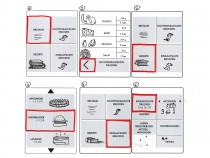
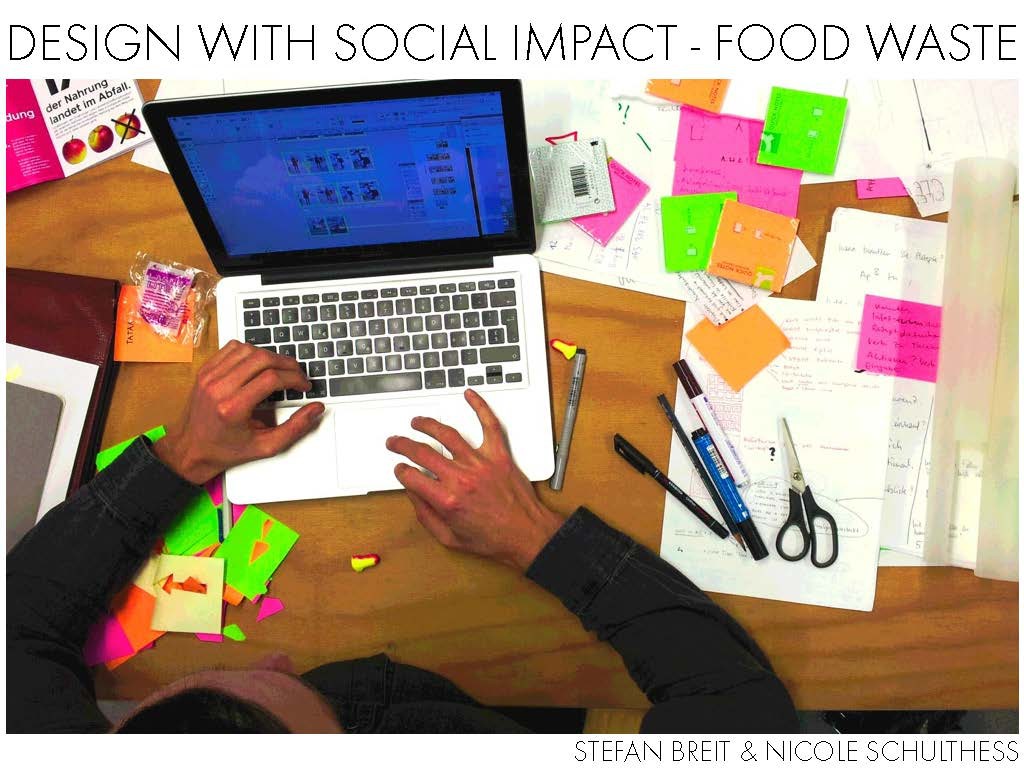

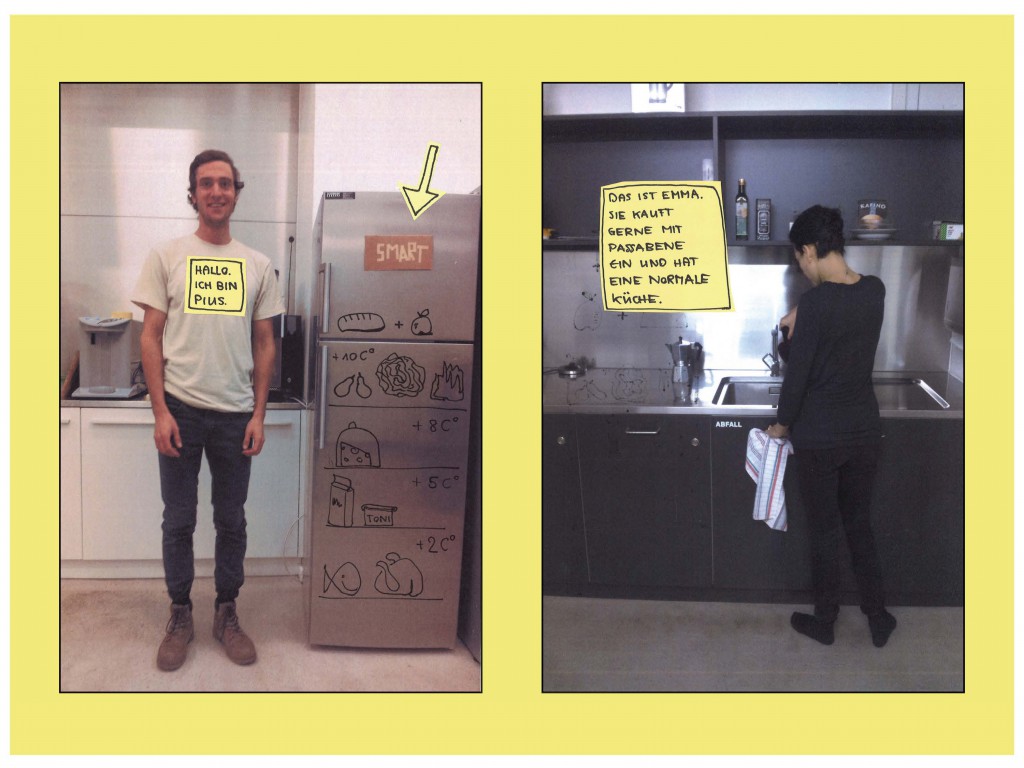
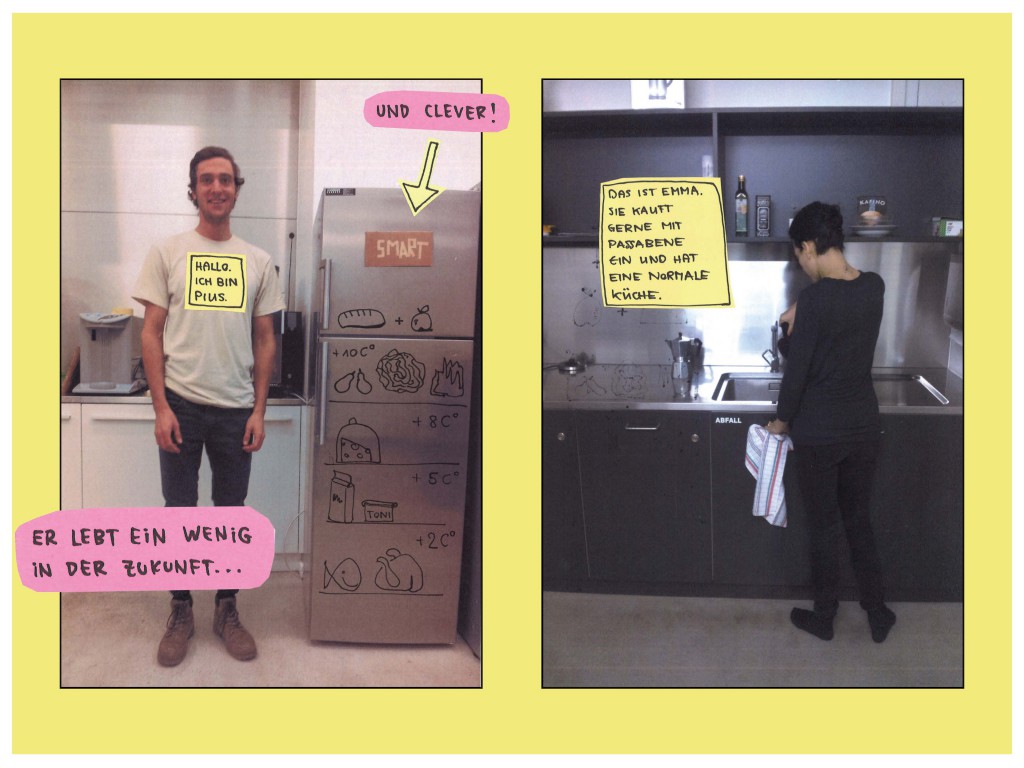
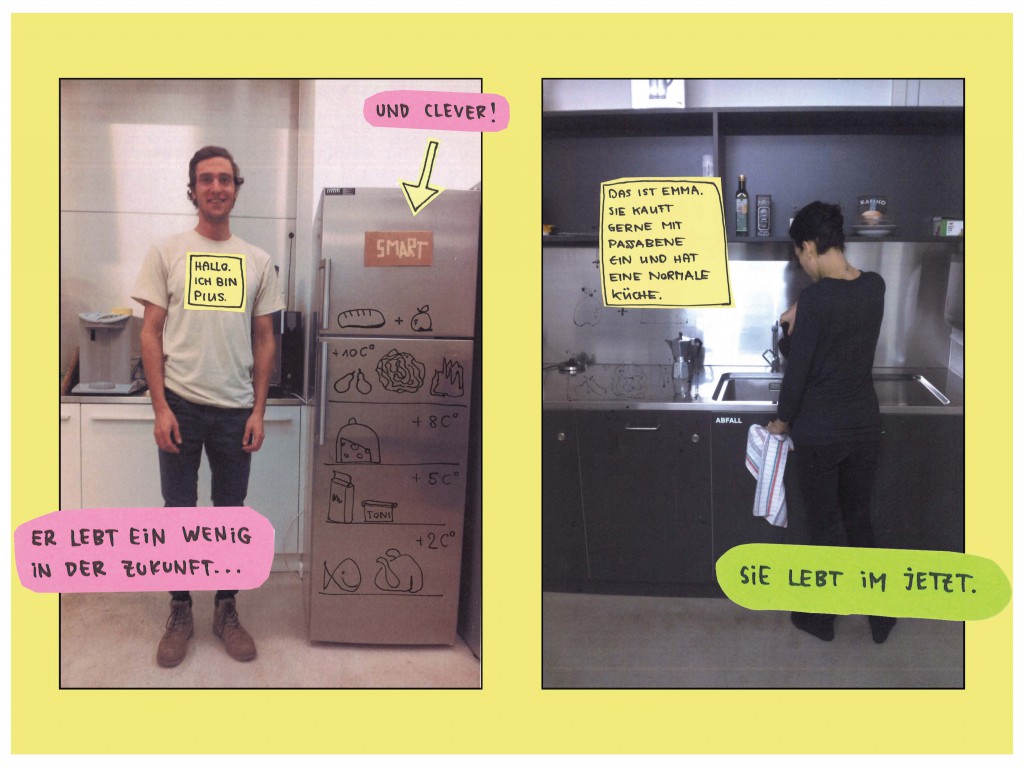
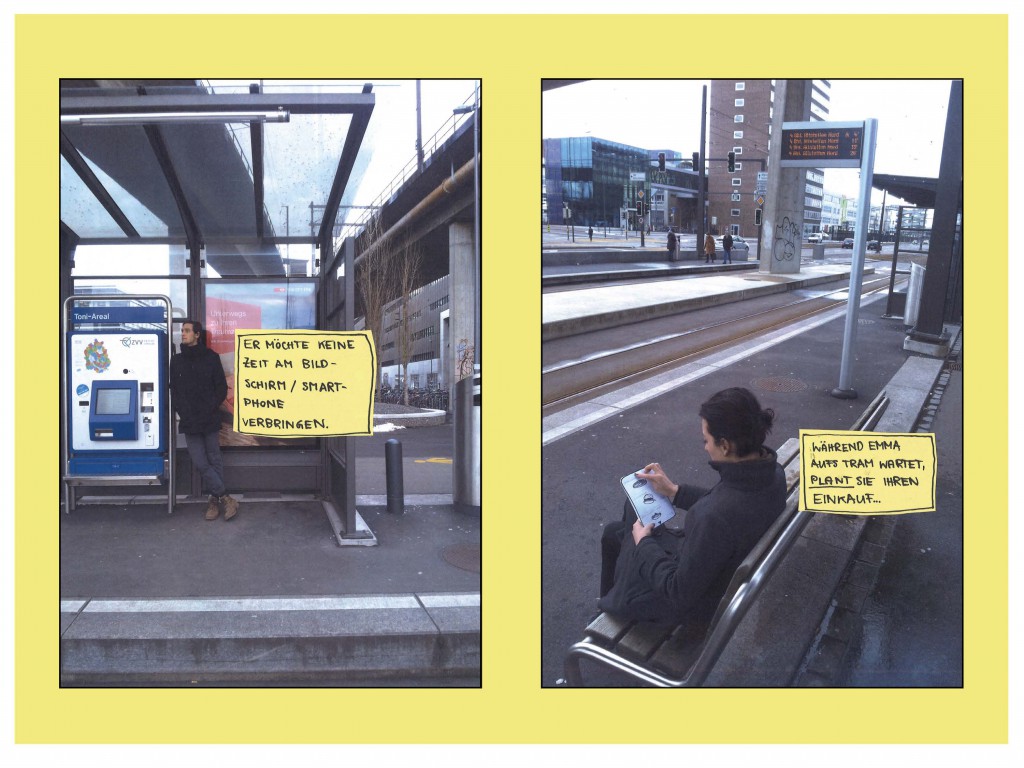
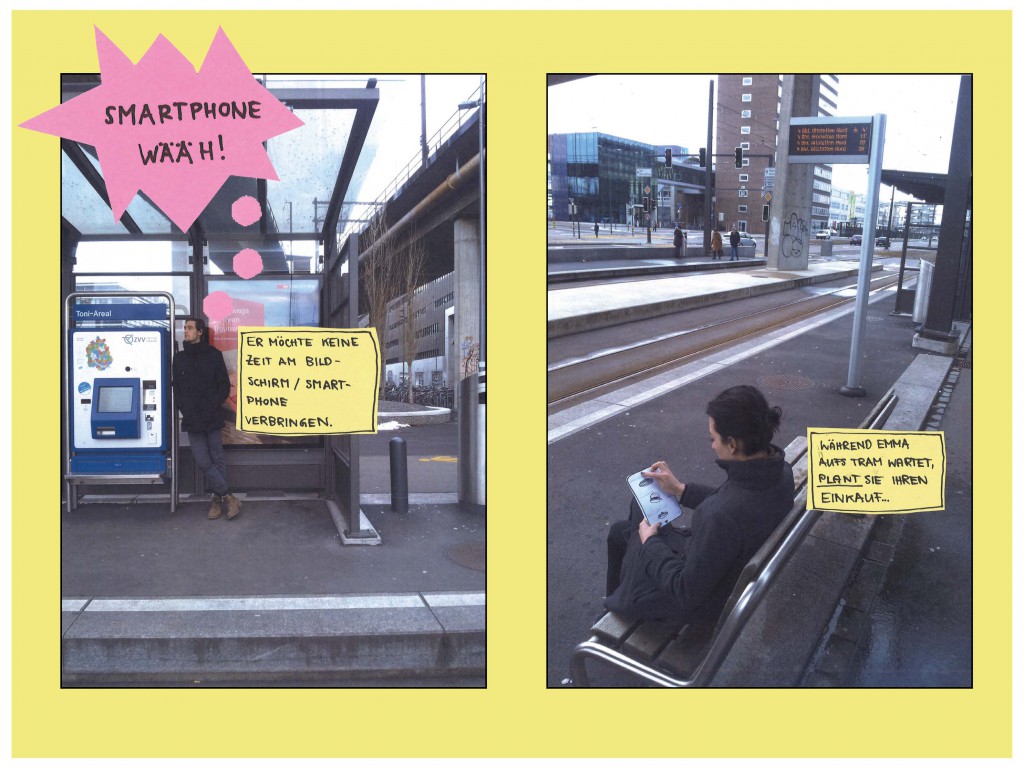
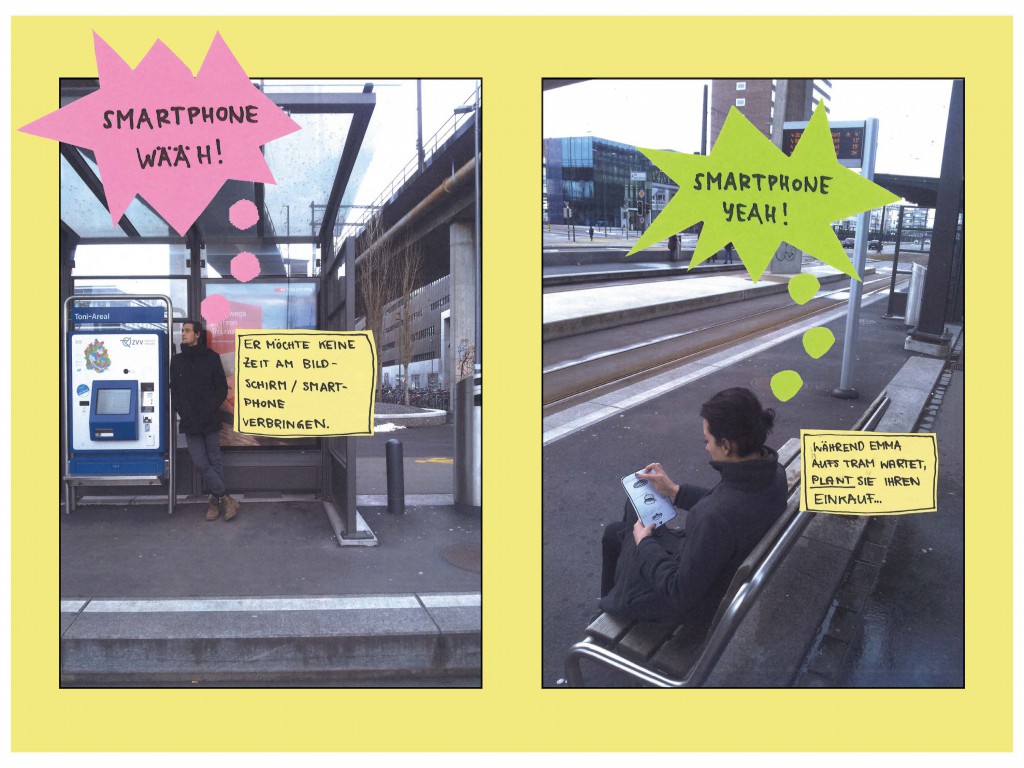
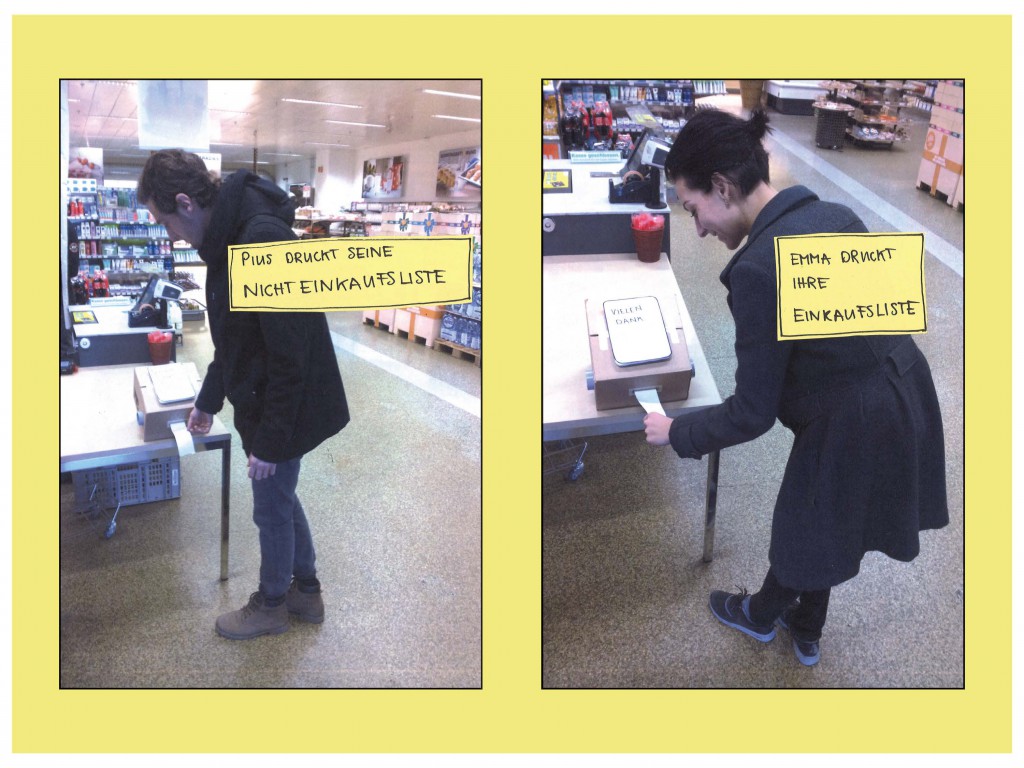

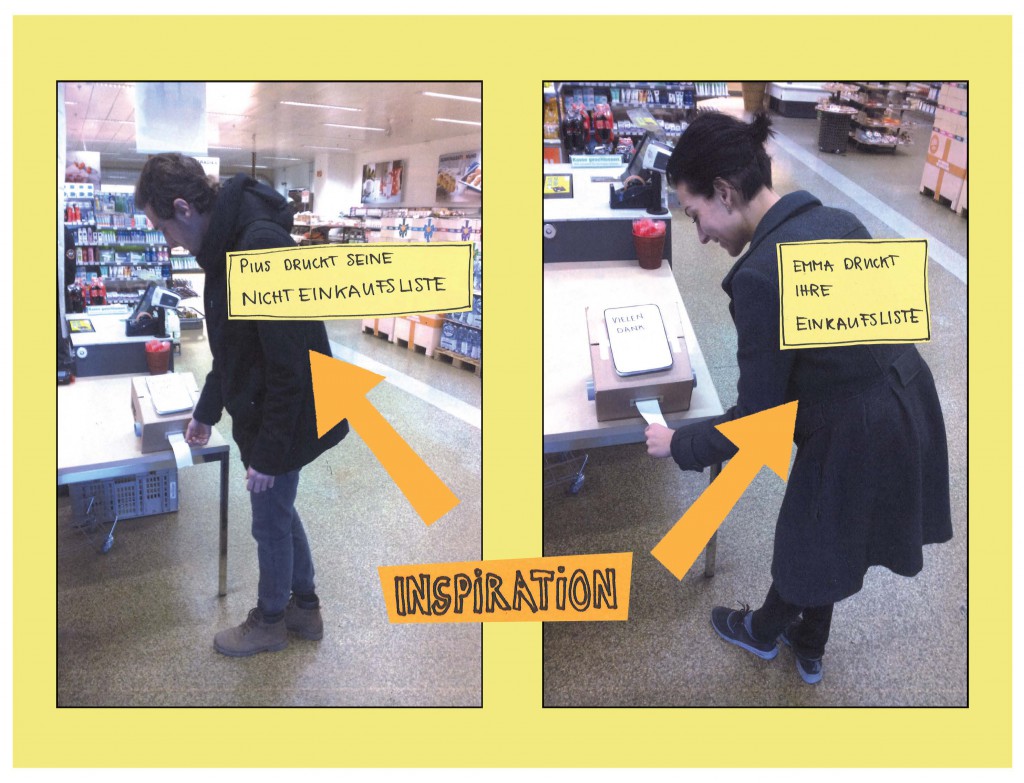
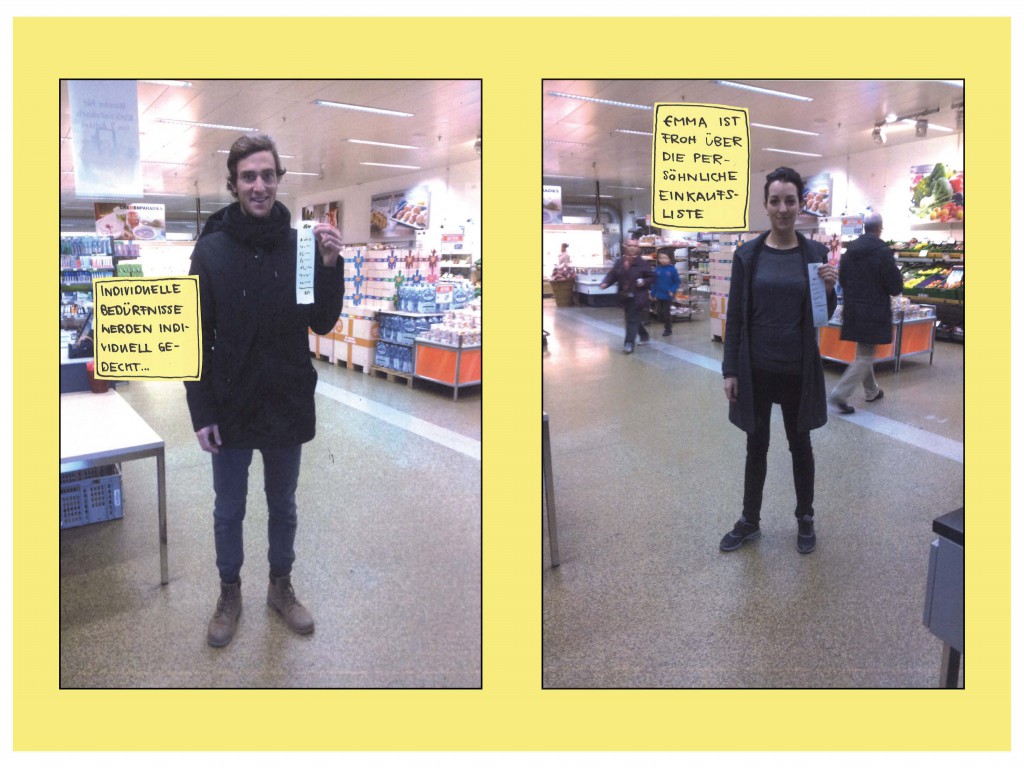
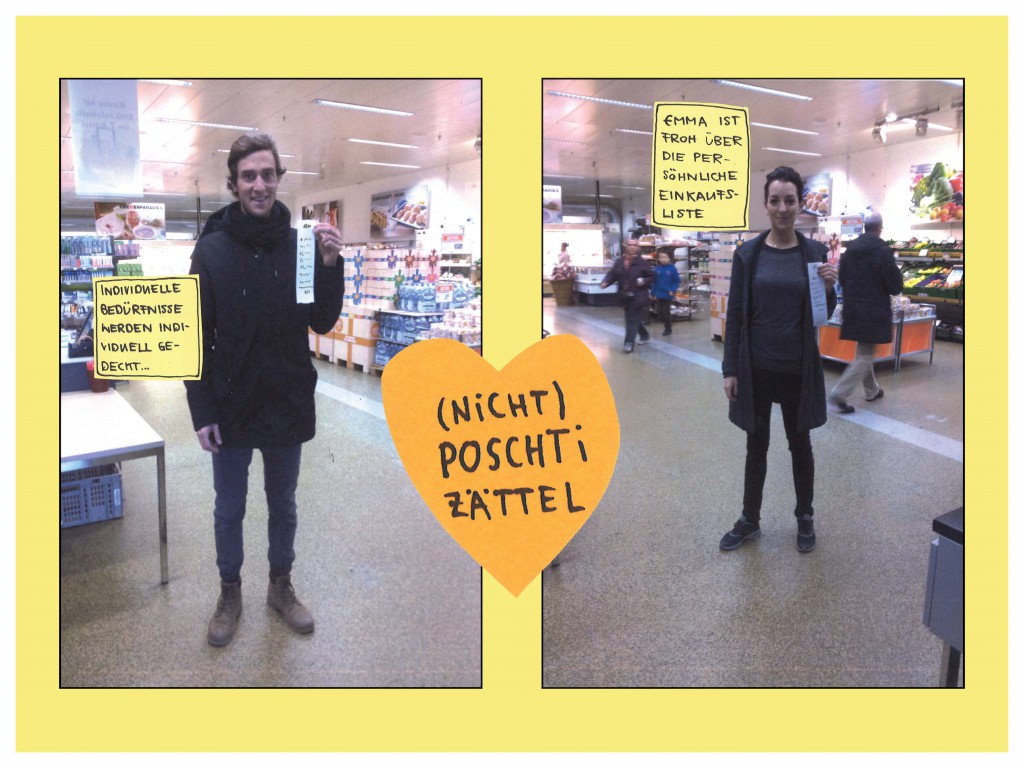
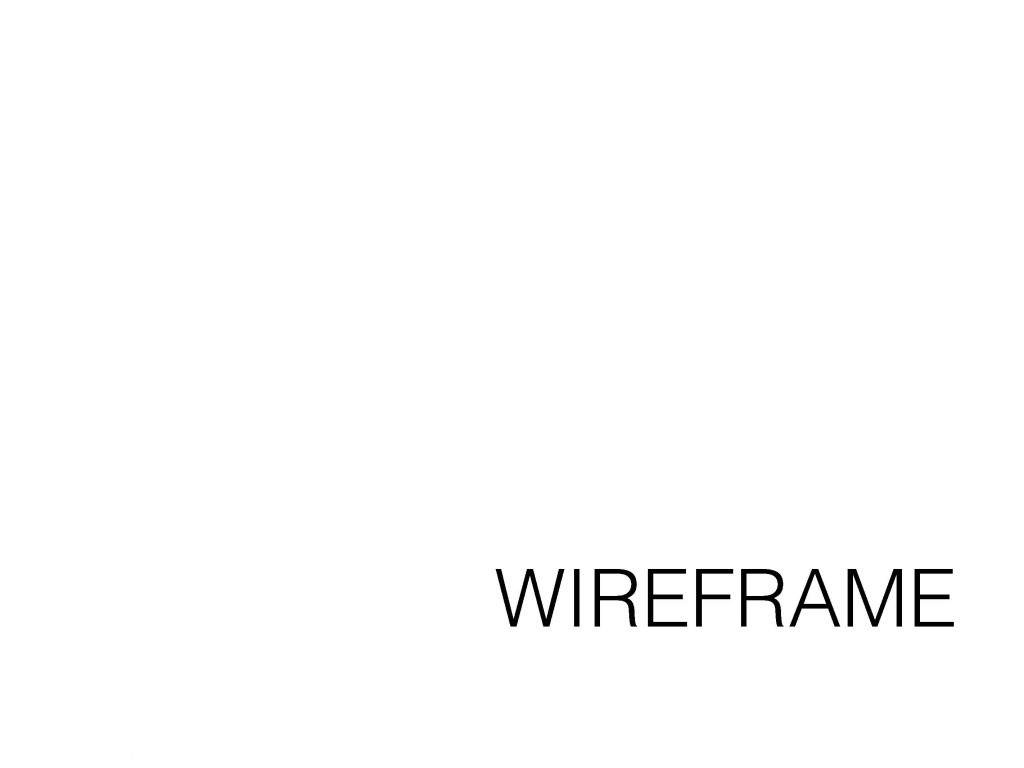
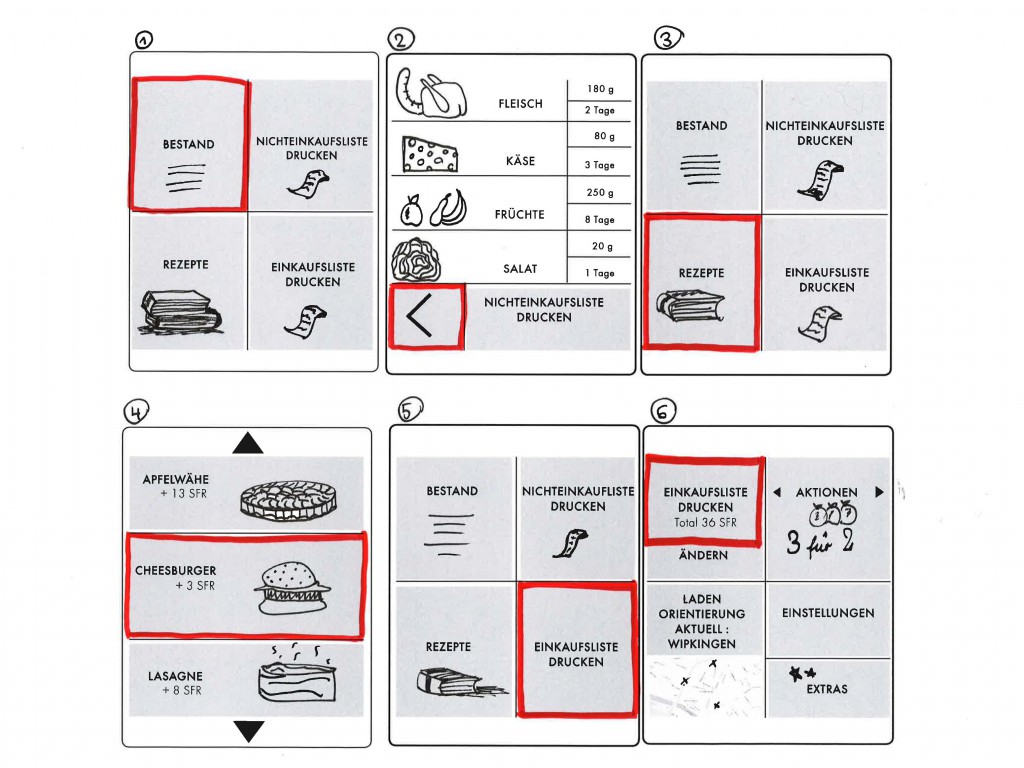

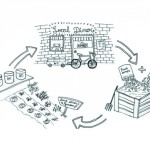
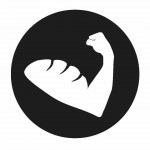
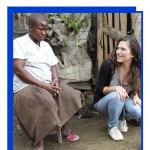

Kommentare von myriam